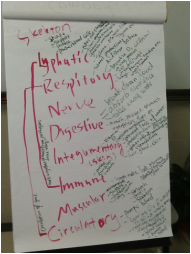
We went over the body system ppt today. I was asked to take notes on a big poster in the front. Though it was somewhat awkward, it was rather helpful because due to peer pressure I took some notes that I can actually understand for the first time.
I wrote down the information in terms of function and structure (not really structure, but rather the few main organs). I feel like the materials today is just to give us a brief overview of what our body is consist of and the main functions and structures of systems. The pace was pretty fast, so we did not go into detail in every system.
I will make a more specific notes about body systems in the near future, preferably during break.
Important Misconceptions
Heart is not part of the circulatory system. It is composed of mainly cardiovascular muscle, which is part of the muscle system.
I wrote down the information in terms of function and structure (not really structure, but rather the few main organs). I feel like the materials today is just to give us a brief overview of what our body is consist of and the main functions and structures of systems. The pace was pretty fast, so we did not go into detail in every system.
I will make a more specific notes about body systems in the near future, preferably during break.
- Skeletal system
- Function
- shape
- support
- protection
- produce blood cells
- structures
- axial skeleton
- appendicular skeleton
- Lymphatic system
- function
- take out excessive liquid
- protect from pathogens (work with pathogens)
- produce some white blood cells
- generate antibodies
- Structure
- spleen, marrow, etc
- Respiratory system
- functions
- breath in O2 (diffusion)
- into bloodstream
- out CO2
- from lungs
- sound production
- Structure
- lungs
- pharyax
- trachea
- larynx
- Integumentary System
- function
- regulate temperature
- absorb vitamin D
- prevent loss of water
- protection from bacteria
- gather info from environment
- Structure
- hair, gland, skin
- Immune system
- Functions
- protect from foreign invaders
- Structure
- white blood cells
- bone marrow (produce blood cells)
- antibodies
- lymph nodes
- Circulatory
- function
- pump blood to body
- carries O2 and nutrient to cells and wastes away
- regulate temperature
- acid base balance
- work with respiratory system to circulate gas in the body
- Digestive
- Function
- break down food
- absorb nutrience
- take away waste
- structure
- mouth
- stomach
- intestines
- esophagus
- Muscular system
- function
- support body
- movement
- temperature regulation
- structure
- smooth muscle
- cardiovascular muscle
- skeleton muscle
- endocrine system
- Function
- regulate body activities
- glands release hormones to give orders
- structure
- pancreas
- hypothalamus
- pituitary
- thyroid
- etc
- Reproductive system
- function
- produce gametes
- hormone regulation
- structure
- testicles
- ovary
- etc
- excretory
- function
- elimination of waste
- regulation of blood composition and volume
- acid base balace
- structure
- kidney
- urethra
- etc
Important Misconceptions
Heart is not part of the circulatory system. It is composed of mainly cardiovascular muscle, which is part of the muscle system.
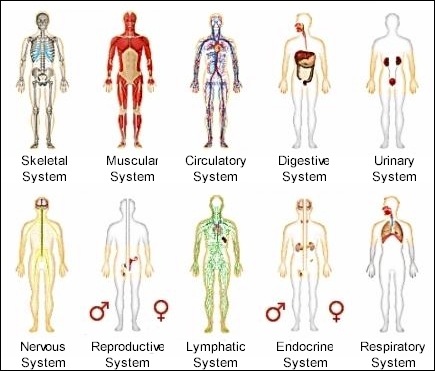
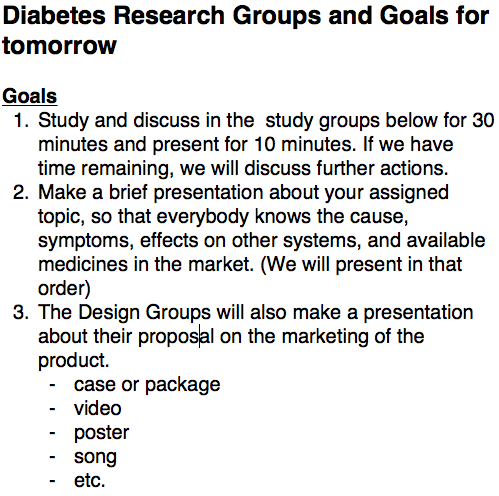
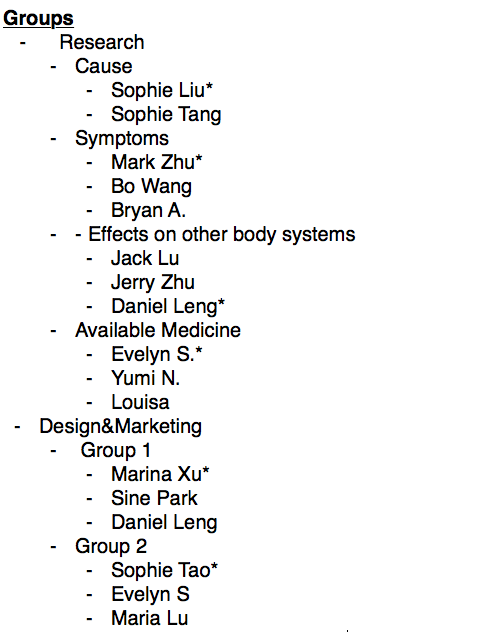

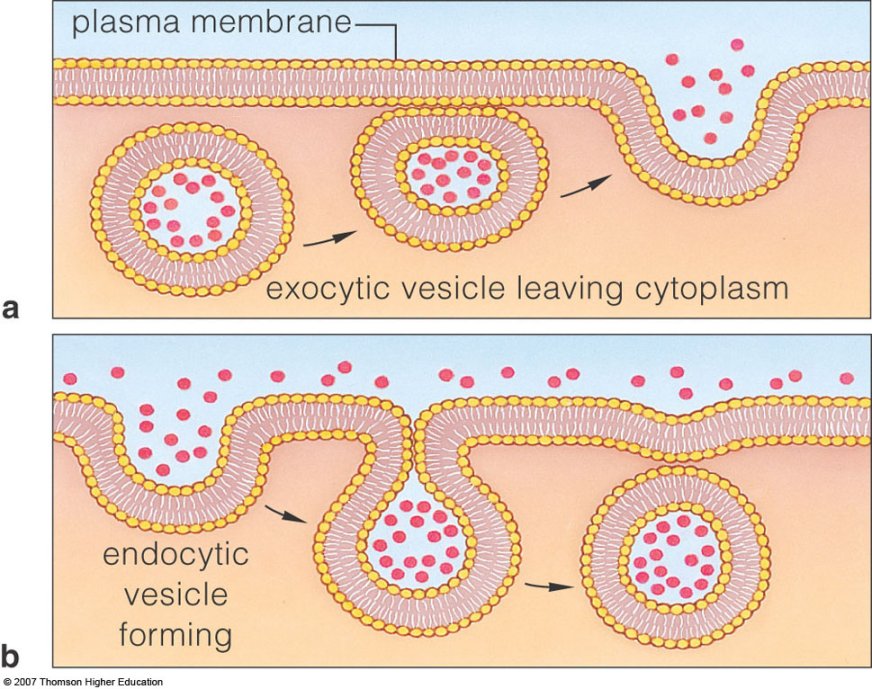
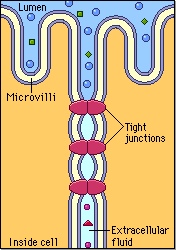
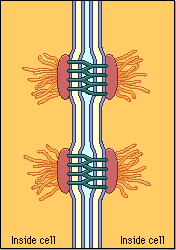
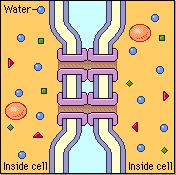
 RSS Feed
RSS Feed